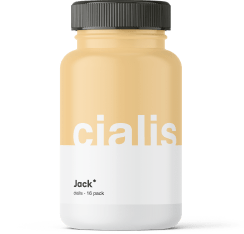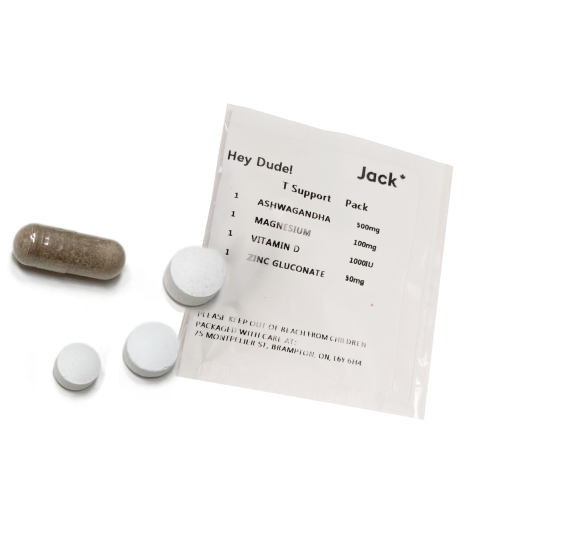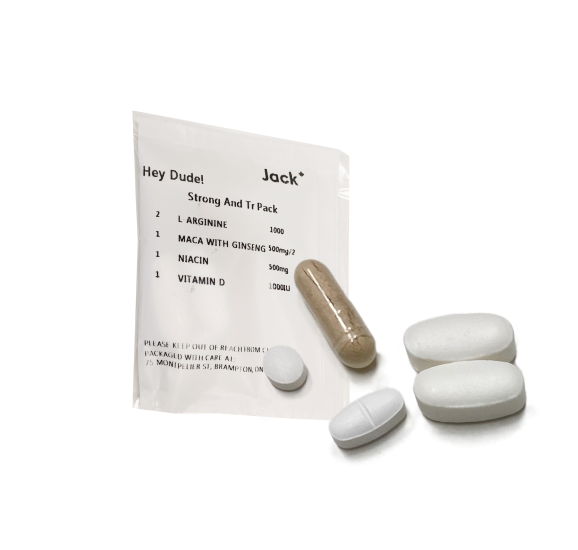Ozempic, a GLP-1 receptor agonist and a prescription drug, works by reducing your blood glucose levels. Therefore, people should avoid foods that may cause a significant spike in your blood sugar levels. This will allow the medication to work most effectively. This will allow the medication to work most effectively. You can learn more about Ozempic here.
This includes:
- Foods high in sugar (e.g., ice cream, cake, candy, or soda)
- Food high in fats (e.g., pizza, tacos, chips, cheese, milk, bacon, sausages, steak, lamb, ham, nuts)
- Fried foods (e.g., fried chicken, fried fish)
- Alcohol (e.g., wine and beer)
- Carbohydrates, including refined carbs (e.g., pretzels, cereal, white bread, rice, pasta)
- Caffeine (e.g., coffee and tea)
- Fruits or vegetables high in sugar (e.g., sweetcorn, mangoes, grapes)
- Beverages like soda and coffee that can affect blood sugar levels
- Certain types of fruit that may affect blood sugar levels.
What Is Ozempic and What Is It Used For?
Ozempic is the brand name for semaglutide, a once-a-week injectable medication used for the treatment of type 2 diabetes and as a treatment for weight management in some patients. It’s FDA-approved and marketed by Novo Nordisk in Canada. It’s part of a class of diabetes medications that can be beneficial for the body’s overall health. Other brand names for semaglutide include Wegovy and Rybelsus.
How to Use Ozempic?
Ozempic is administered through an injectable pen. It’s essential to follow the correct procedure for using the pen to ensure the medication is delivered accurately and safely. If you’re new to using Ozempic or have any questions about how to use the pen, your healthcare provider or pharmacist can provide guidance. Additionally, you can find detailed instructions on how to use the Ozempic pen here.
How Does Ozempic Work?
Ozempic works by copying the bodily actions of incretin glucagon-like peptide-1 (GLP-1) receptor agonist. This hormone stimulates insulin production, lowering blood glucose levels, and can suppress appetite, aiding in weight management. It also affects the pancreas and can lead to changes in how the body processes sugar.
Who Should Not Take Ozempic?
You should not take Ozempic if you have a personal or family history of pancreatitis or thyroid cancer. Women considering conceiving or who are pregnant should discuss plans with their healthcare provider or doctor.
More serious known side effects may include:
- Hypoglycemia
- Kidney problems
- Vision alterations
- Allergic reactions
- Pancreatitis
- Risk of heart disease
- Diarrhea and other gastrointestinal symptoms, including stomach discomfort.
5 Foods to Avoid While Taking Ozempic
Avoid certain foods for optimal results with Ozempic, such as:
- Fried, Greasy Foods
- Refined Carbohydrates
- Sugary Drinks and Foods
- High-Glycemic Vegetables
- Alcohol
What Foods Can I Eat While Taking Ozempic?
While on Ozempic, aim for a balanced and healthy diet:
- Low-Glycemic Vegetables
- Low-Glycemic Fruits
- Whole Grains
- Lean Proteins (e.g., chicken, turkey, eggs)
- Beans, Lentils, Seeds, and other plant-based proteins
- Plenty of water and healthy beverages like tea.
What Foods Can Help Me Avoid Nausea While Taking Ozempic?
To minimize nausea, a common side effect, consume plain, bland, low-fat foods, such as crackers, and avoid fried or greasy foods. Eating smaller meals and paying attention to how your body reacts can also help. Mindful eating practices can further enhance the benefits of the medication.
How to Obtain the Best Results While Taking Ozempic?
For best results, pair Ozempic with lifestyle changes, including a healthy diet and regular exercise. Monitor your dose and consult your healthcare provider for personalized plans. Pay attention to your body’s reactions and make necessary changes. The benefits of this drug can be maximized by following the right type of diet and exercise regimen. If you are taking other diabetes medications like Metformin, make sure to discuss this with your healthcare provider. Information about the exercise routines and meal plans that work best with Ozempic can be obtained from your healthcare provider.
Key Takeaways
Consider your diet carefully while on Ozempic, avoiding certain foods and embracing a healthy lifestyle. Be aware of potential risks, including kidney problems and pancreatitis, and consult with your healthcare provider, especially if you have a family history of certain conditions. The benefits of Ozempic extend beyond blood sugar control and can include weight management and improved cardiovascular health.
Ozempic Foods to Avoid FAQs
What should I not eat while having Ozempic?
Avoid fatty fried foods, refined carbs, high-glycemic vegetables, sugary foods and beverages, and alcohol.
What are the best foods to eat while having Ozempic?
Choose low-glycemic fruits and veggies, lean proteins, whole grains, beans, lentils, and seeds.
How can I maximize my weight loss on Ozempic?
Supplement Ozempic with a healthy diet, regular exercise, and attention to portion control. Talk to your healthcare provider for a weight loss plan tailored to your needs and consider adding fiber and supplements as advised. If you have any questions, don’t hesitate to ask your healthcare provider. You can learn more about the side effects of Ozempic for weight loss here.
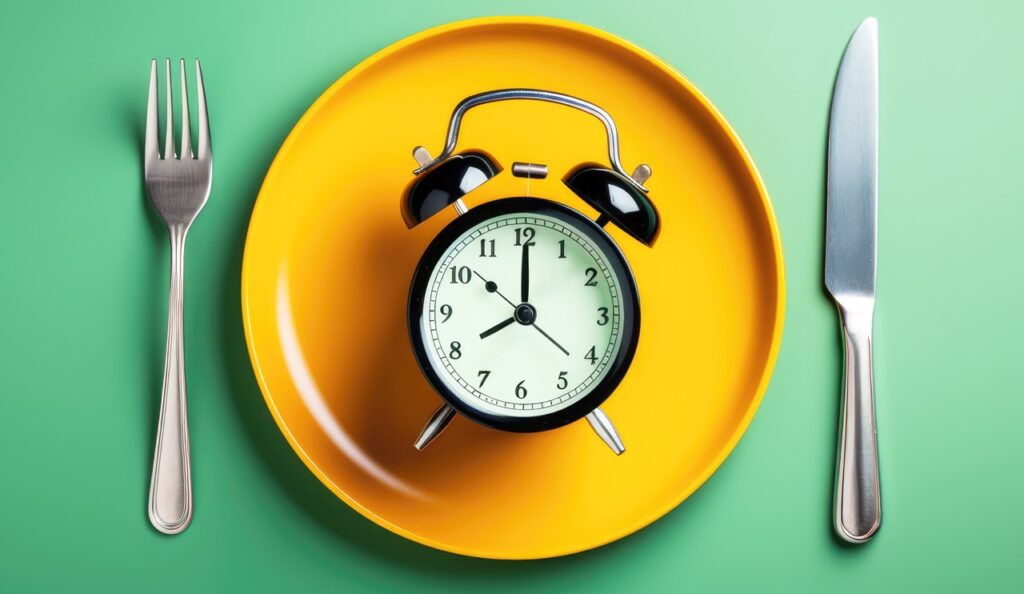





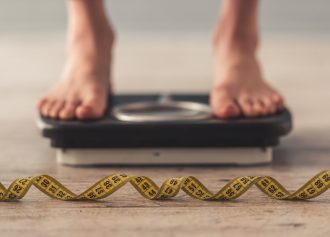







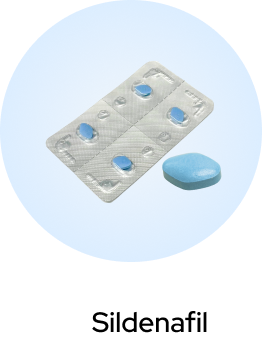
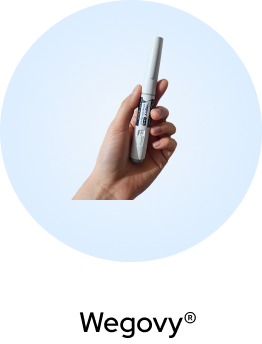
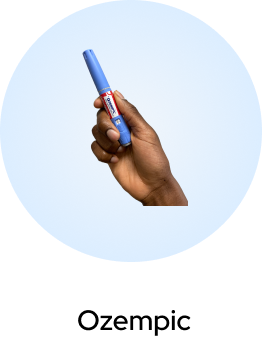


 (US)
(US)